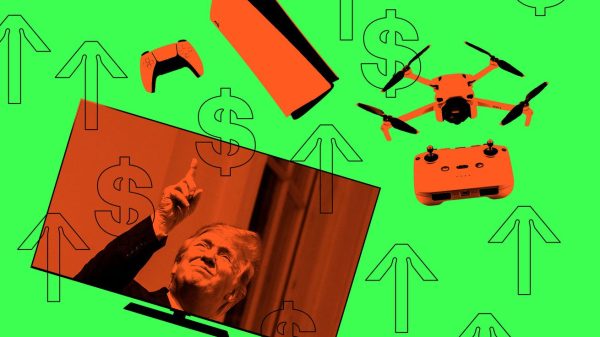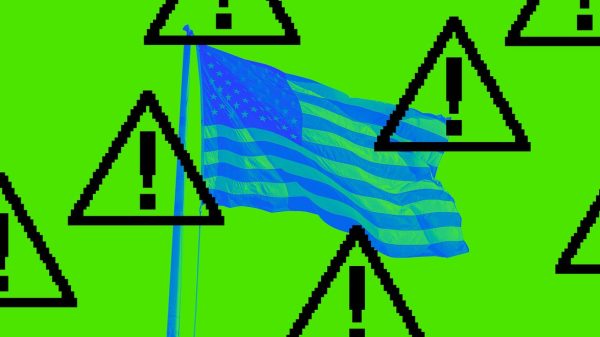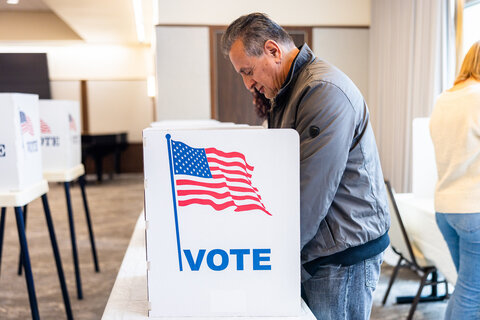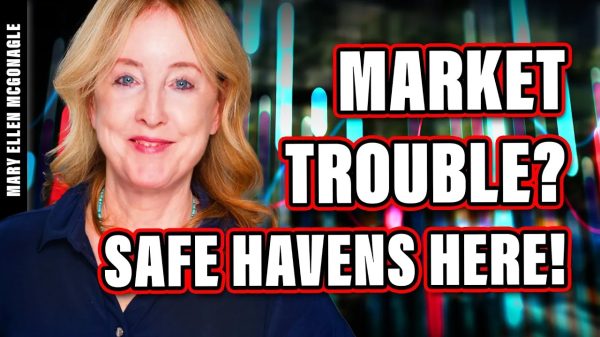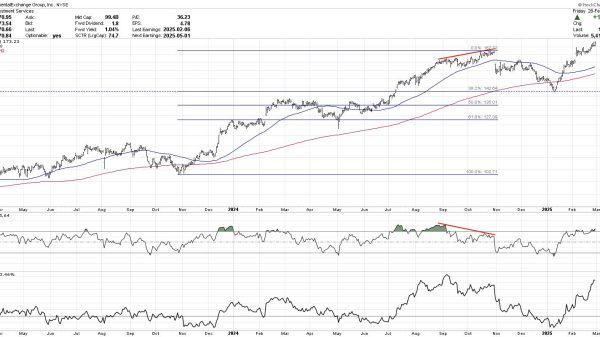Jeffrey Miron
Over the past few years, multiple claimants have accused opioid manufacturers and related companies of misleading patients and doctors into believing their products are relatively safe; this allegedly caused expanded prescribing, addiction, and overdoses. Last month, the Supreme Court ruled against an $8 billion settlement that gave the owners of Purdue Pharma — the Sacklers — protection from future lawsuits. The court ruled that such protection is not authorized by bankruptcy law.
These lawsuits, regardless of their legal merits, are unlikely to diminish the opioid overdose epidemic because they do not address the government policies that caused it and perpetuate it.
The risk of overdosing from the proper medical use of prescription opioids is low. As I wrote in a Cato policy analysis with Laura Nicolae and Greg Sollenberger:
Opioid overdose deaths have risen dramatically in the United States over the past two decades. The standard explanation blames expanded prescribing and advertising of opioids beginning in the 1990s.
This “more prescribing, more deaths” explanation has spurred increased legal restrictions on opioid prescribing. Federal and state governments have enacted a variety of policies to curtail prescribing and doctor shopping, and the federal government has raided pain management facilities deemed to be overprescribing. Supporters believe these policies reduce the supply of prescription opioids and thereby decrease overdose deaths.
We find little support for this view. We instead suggest that the opioid epidemic has resulted from too many restrictions on prescribing, not too few. Rather than decreasing opioid overdose deaths, restrictions push users from prescription opioids toward diverted or illicit opioids, which increases the risk of overdose because consumers cannot easily assess drug potency or quality in underground markets. The implication of this “more restrictions, more deaths” explanation is that the United States should scale back restrictions on opioid prescribing, perhaps to the point of legalization.
The past five years have confirmed our conclusion from 2019. Prescribing has been declining, as has the number of overdoses attributed to prescription opioids. But overdoses from fentanyl, and total opioid overdoses, have risen sharply in recent years.
The lesson for policymakers is clear: prohibition kills.
Lemoni Matsumoto, an undergraduate at the University of Chicago, contributed to this article.


